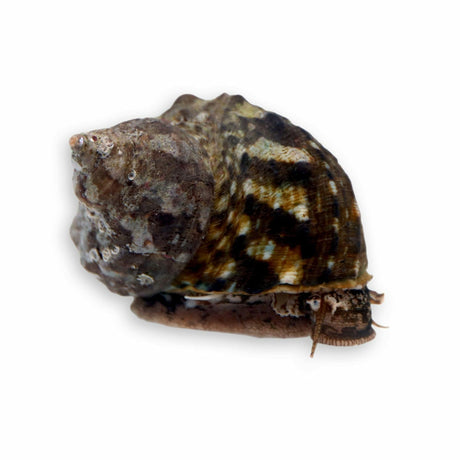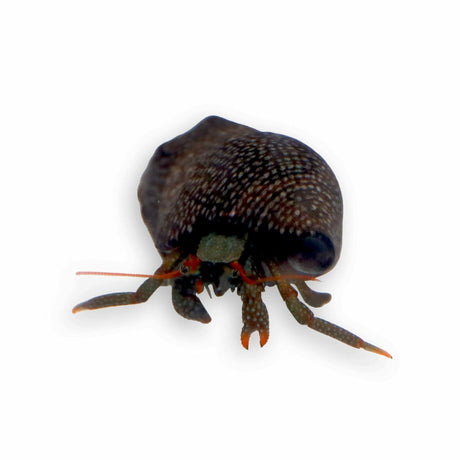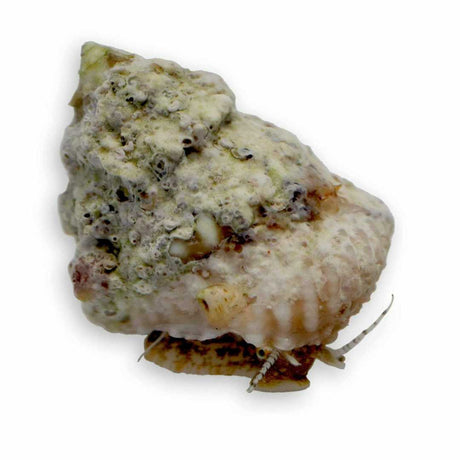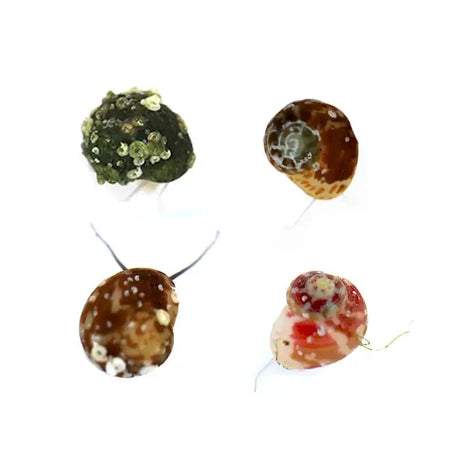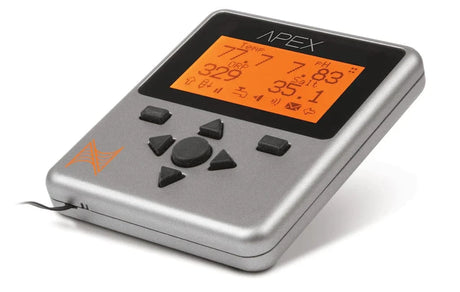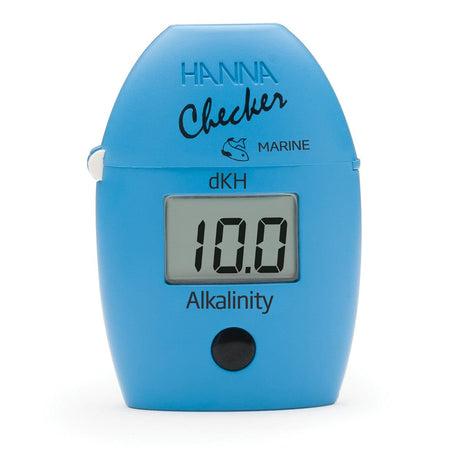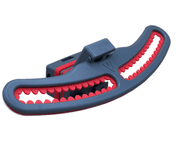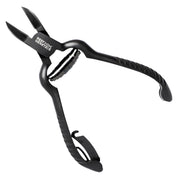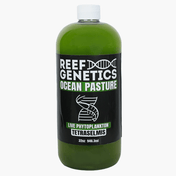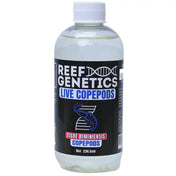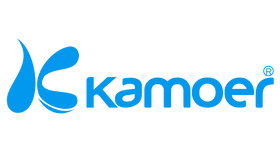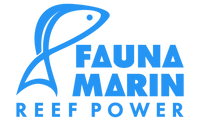Introduction to Pectinia
Pectinia corals are a unique group of Large Polyp Stony (LPS) corals recognized for their intricate, ruffled skeletal structure and sweeping tentacles. Their distinct, ridged growth patterns create a dramatic appearance in reef tanks, with vibrant color variations including greens, purples, yellows, and oranges.
These corals are generally hardy but require careful placement due to their aggressive nature. They can extend long sweeper tentacles, especially at night, making it essential to provide ample space to prevent them from stinging neighboring corals.
While they can tolerate moderate fluctuations in water quality, stable conditions will promote better growth, polyp extension, and intense coloration. Their ability to adapt to various lighting and flow conditions makes them a great addition to diverse reef systems.
Natural Habitat and Origin
Pectinia corals are found throughout the Indo-Pacific, including regions such as Indonesia, the Great Barrier Reef, and the waters surrounding Fiji. They typically inhabit deeper reef slopes and lagoon environments, where water flow is moderate, and lighting is subdued compared to shallow reef zones.
Unlike some other LPS corals, they have a highly structured skeletal framework with intricate folds and ridges. This unique growth pattern helps them capture nutrients from the water column while also providing shelter for small reef organisms.
In their natural habitat, these corals thrive in nutrient-rich environments, absorbing both dissolved organic matter and particulate foods. Their ability to adapt to different reef conditions makes them a versatile species, though they still require careful management in an aquarium setting due to their aggressive nature.
Water Chemistry
Pectinia corals require stable water conditions to thrive, as fluctuations in key parameters can lead to stress, tissue recession, or poor growth. While they are somewhat tolerant of moderate nutrient levels, maintaining a balanced environment will help support their long-term health and coloration.
Ideal Water Parameters:
- Calcium: 400–450 ppm
- Alkalinity: 8–10 dKH
- Magnesium: 1250–1350 ppm
- Nitrates: 2–10 ppm
- Phosphates: <0.10 ppm
- Temperature: 76–80°F
- Salinity: 1.024–1.026
Lighting
Pectinia corals thrive under low to moderate lighting conditions, as they rely on their symbiotic zooxanthellae for energy. While they can adapt to different light intensities, excessive exposure may lead to bleaching, while insufficient lighting can slow growth and dull their coloration.
Lighting Guidelines:
- PAR Range: 75–150 for optimal health and coloration.
- Moderate lighting enhances natural fluorescence and promotes steady growth.
- Blue-spectrum lighting brings out vibrant hues, particularly in green and purple varieties.
- Gradual acclimation to new lighting conditions helps prevent stress or tissue damage.
Water Flow
Pectinia corals prefer moderate, indirect water movement, which helps keep their surface clean while allowing delicate tissues to expand fully. Strong, direct currents can cause stress or lead to tissue damage, so placement in an area with steady but gentle flow is ideal.
Water Flow Guidelines:
- Moderate, indirect flow promotes healthy polyp extension and nutrient absorption.
- Strong, direct currents can cause tissue recession or inhibit growth.
- Randomized or oscillating flow patterns help prevent debris buildup and ensure proper gas exchange.
What We Feed
Pectinia corals primarily rely on their symbiotic zooxanthellae for energy but also benefit from supplemental feeding. Providing additional nutrients can enhance their growth, promote better polyp extension, and maintain overall health.
Feeding Guidelines:
- They absorb dissolved organic matter and small particulate foods from the water.
- Phytoplankton strains such as Tisochrysis, Rhodomonas, and Tetraselmis provide additional nutrition.
- Finely ground coral foods like Reef Roids or Benepets can help support growth and coloration.
- Target feeding is not required but can be beneficial in lower-nutrient systems.
Common Challenges
- Tissue Recession: Poor water quality, unstable parameters, or insufficient nutrition.
- Bleaching or Loss of Color: Excessive light exposure or sudden parameter fluctuations.
- Polyp Retraction: Strong, direct water flow or irritation from neighboring corals.
- Algae Growth on Skeleton: High nutrient levels leading to excessive phosphate and nitrate buildup.
- Overgrowth and Aggression: Pectinia corals can develop long sweeper tentacles, stinging nearby corals.
Acclimation Guide
- Temperature Acclimation: Float the bag for 15–20 minutes to equalize temperature.
- Drip Acclimation: Slowly mix tank water over 30–45 minutes.
- Lighting Acclimation: Start in a low to moderate light area and increase gradually.
- Placement: Secure on a stable rock structure with moderate water flow and adequate spacing from other corals.
At Top Shelf Aquatics, we take pride in ensuring your order arrives safely and in perfect condition. Here’s everything you need to know about our shipping process:
Livestock Shipping Details
- Flat Rate Shipping:
- $39.99 Out of State
- $34.99 Florida (In-State)
- Orders over $299 ship FREE!
- NO FREE Shipping during Sale Events
- Shipping Days: The calendar during checkout determines when your livestock order will arrive. Normally we ship Monday - Thursday via FedEx Priority Overnight.
Orders placed by 2 PM EST Monday - Thursday ship the same day. Orders placed after 2 PM or on Fridays will ship the next business day. - Delivery Times: Most packages arrive by 10:30 AM EST, though remote areas may experience later deliveries.
We take every measure to protect your livestock, including specialized packaging to maintain temperature and safety during transit.
Dead on Arrival (DOA) Policy
In the rare event of a DOA, you must submit a DOA Request within 2 hours of delivery (FedEx posted time). Once submitted, we will issue a replacement or store credit for the livestock. Please note:
- Shipping costs are not included in the credit.
- Refunds are not offered for livestock or shipping.
While we cannot be held responsible for delays caused by mechanical or weather issues, rest assured we’ll do everything possible to make it right!
Reef Guard Protection Plan
For ultimate peace of mind, upgrade to our Reef Guard Protection Plan. With Reef Guard, you’ll enjoy:
- Extended Livestock Guarantee: Coverage for up to 5 days.
- Priority Resolutions: Hassle-free claims with fast resolutions.
- Weather & Shipping Delay Coverage: Includes FedEx lost packages and damages.
Shipping Restrictions
- We currently ship livestock only within the continental U.S.
- Note: Due to Hawaii state law, we are unable to ship corals to Hawaii.
Now’s the perfect time to prepare your aquarium for its new additions. Consider doing a water change and ensuring space is ready. Check out our YouTube channel for detailed care instructions for your new corals!
For any questions or concerns, feel free to reach out to our support team. We’re here to help make your reefing journey a success!
How We Capture Stunning Coral Photos
Our Gear:
We rely on the EOS R1 Mirrorless Camera for its unmatched ability to produce high-resolution, true-to-life images. This advanced camera is designed to excel in challenging lighting conditions, like those found in reef aquariums, capturing even the most subtle details with exceptional precision. Its fast focusing system ensures every shot is sharp, even in dynamic environments.
Our lens of choice is the EF 100mm f/2.8L Macro IS USM, a professional-grade macro lens specifically designed for close-up photography. This lens excels at capturing fine details like polyp extensions and intricate coral textures while maintaining accurate color reproduction. Its 100mm focal length allows us to shoot at a comfortable distance without disturbing the coral, and the advanced Image Stabilization (IS) ensures consistently sharp results. This is particularly important when photographing under water flow, where steady hands make all the difference.
Lighting Settings:
To bring out the vibrant fluorescence and rich hues of our corals, we photograph them under Ecotech Marine Radion XR30 Blues with these precise settings:
- 100% Violet
- 100% UV
- 100% Deep Blue
- 50% Blue
We also apply a custom white balance to ensure the colors you see in the photos match the corals' natural appearance in a properly lit aquarium.
We take great care with our photography to make sure every coral looks as vibrant and true-to-life as it does in person, so you can easily picture it thriving in your own reef.








